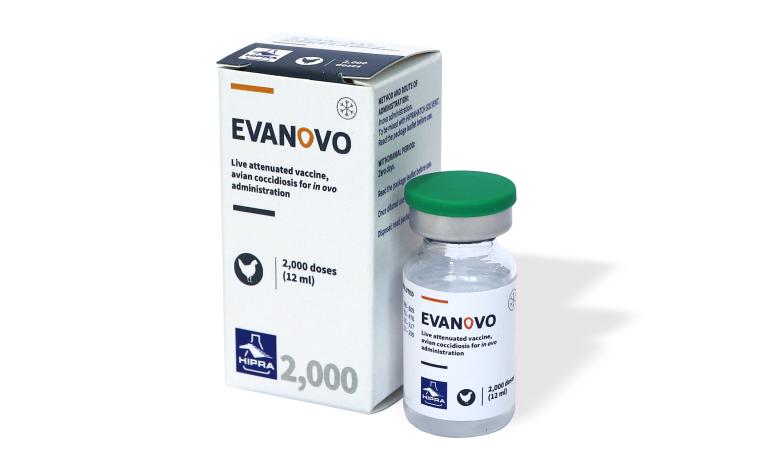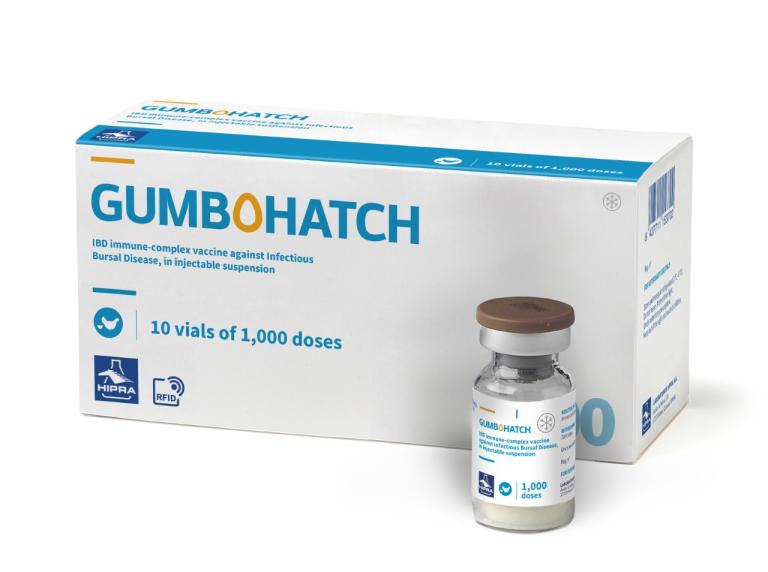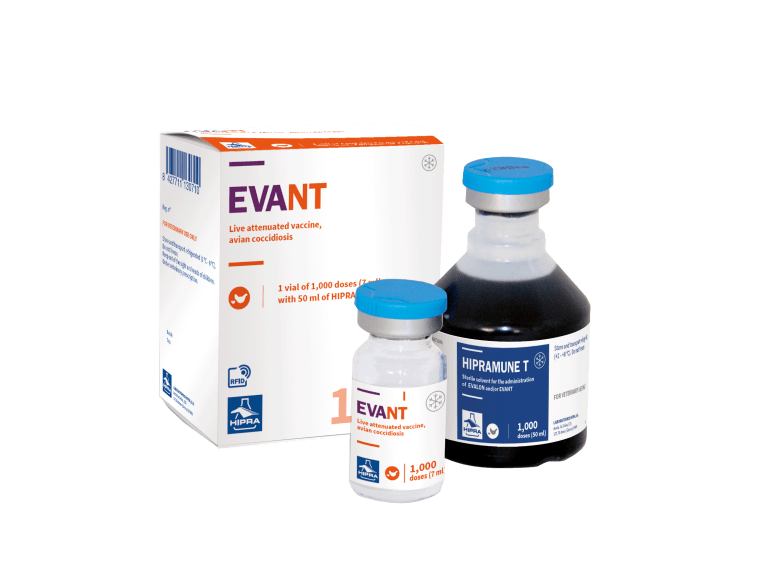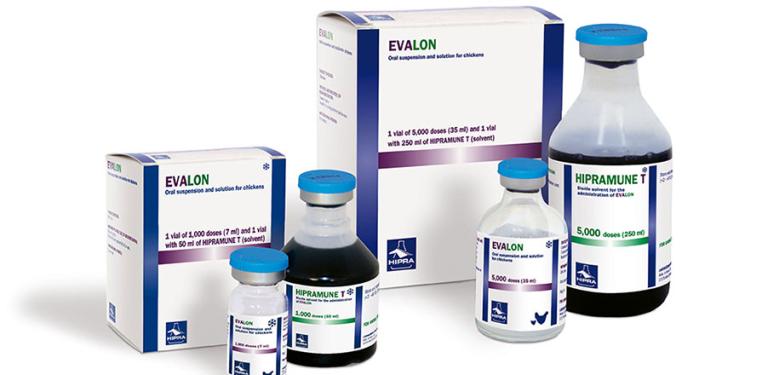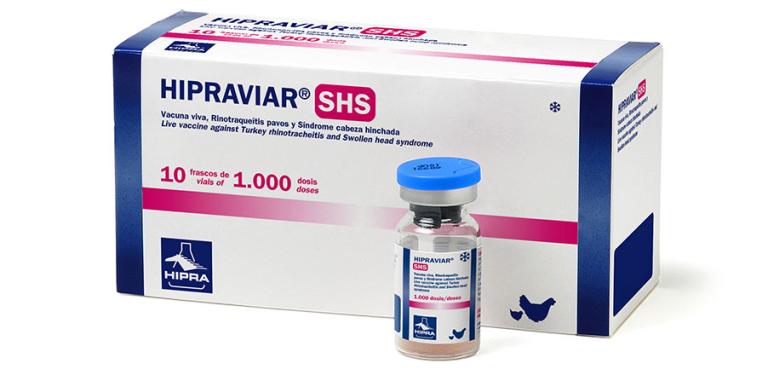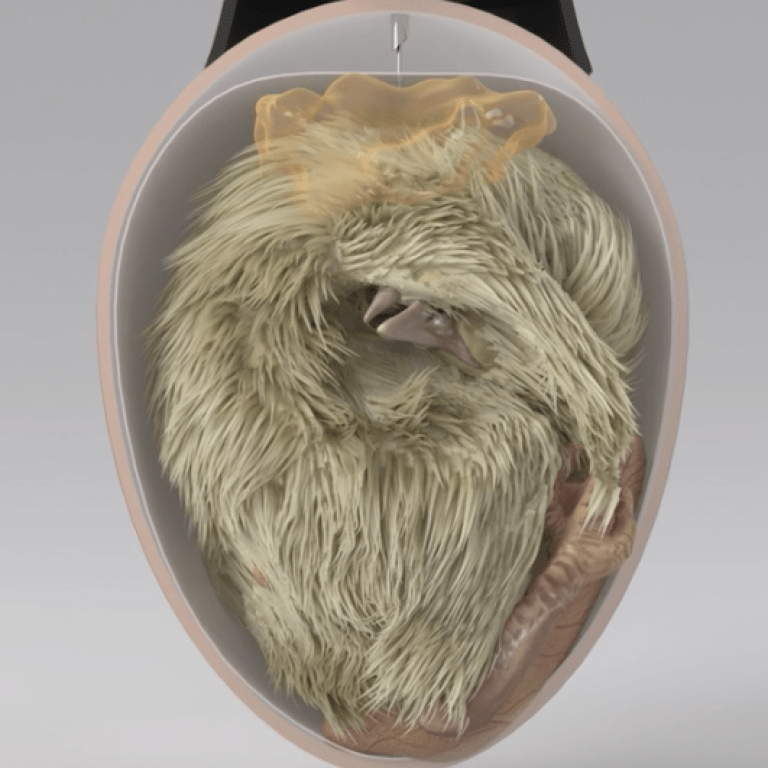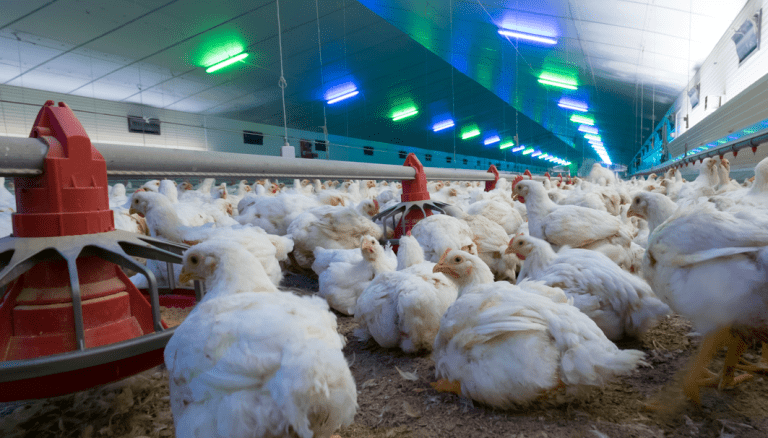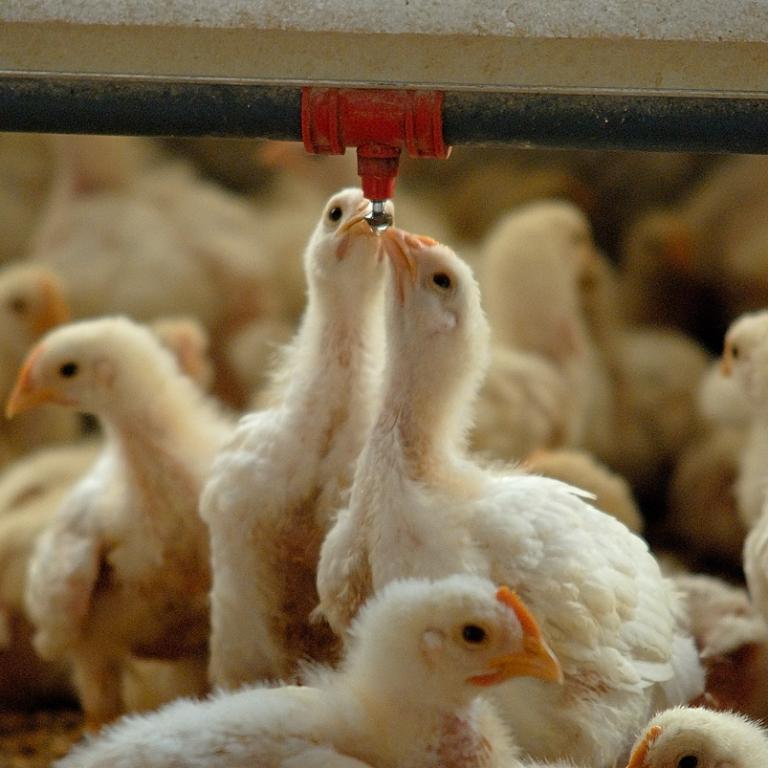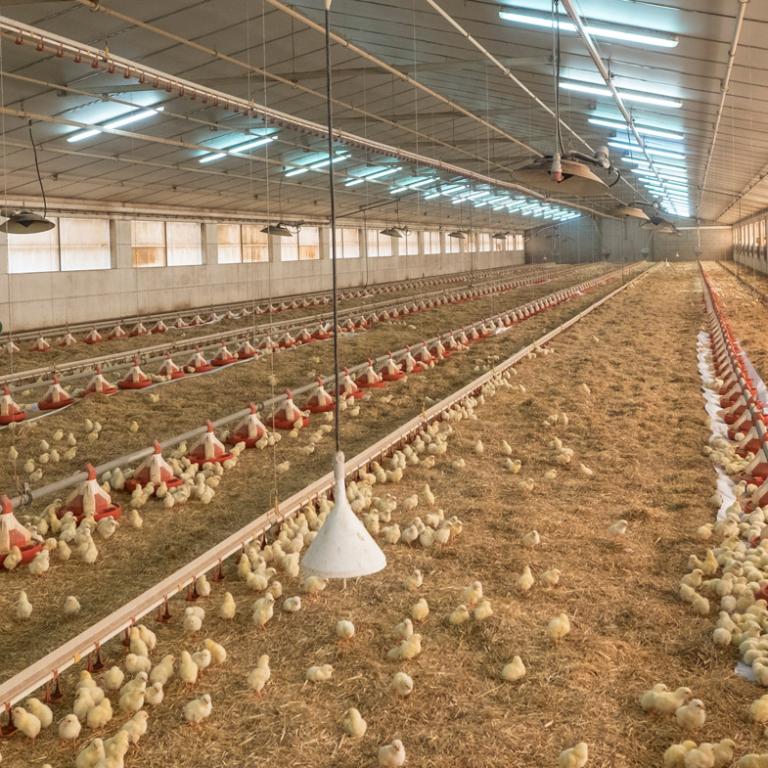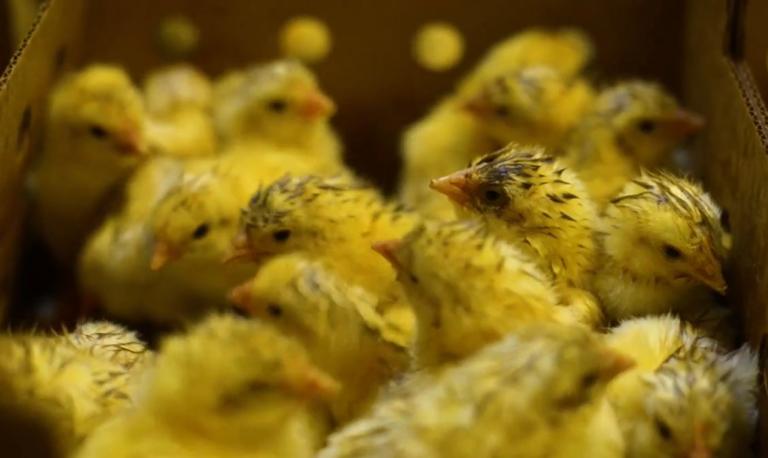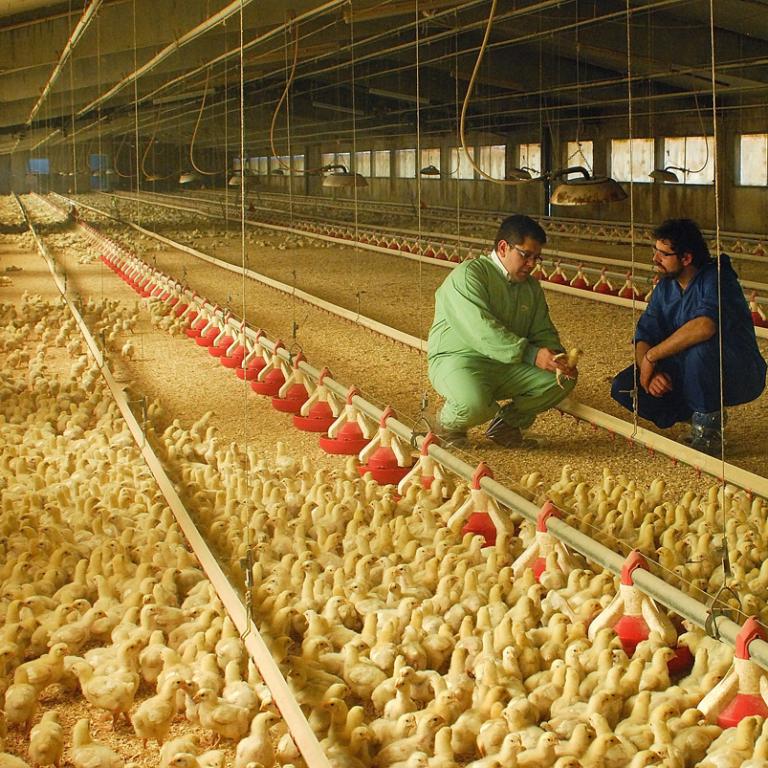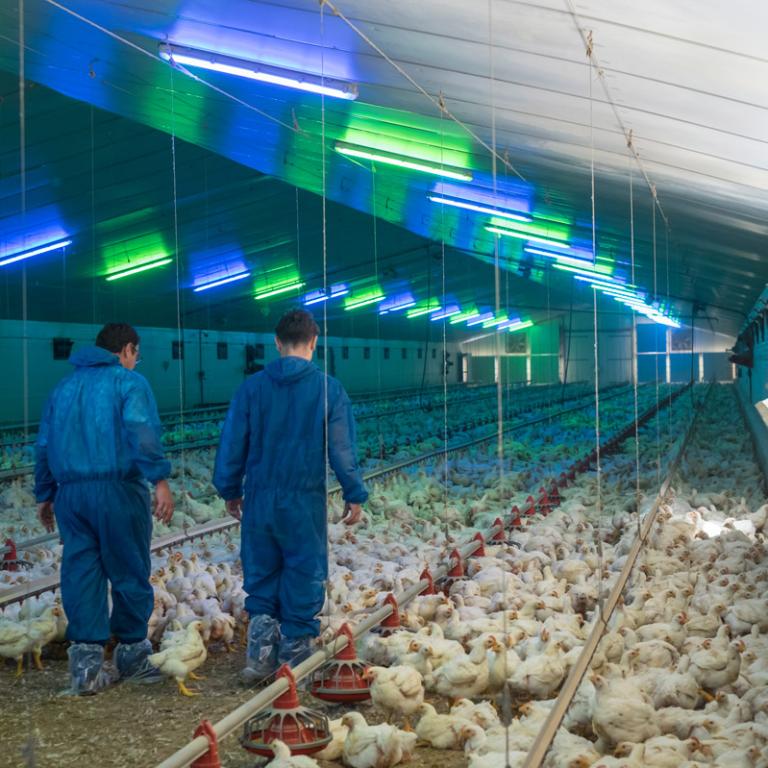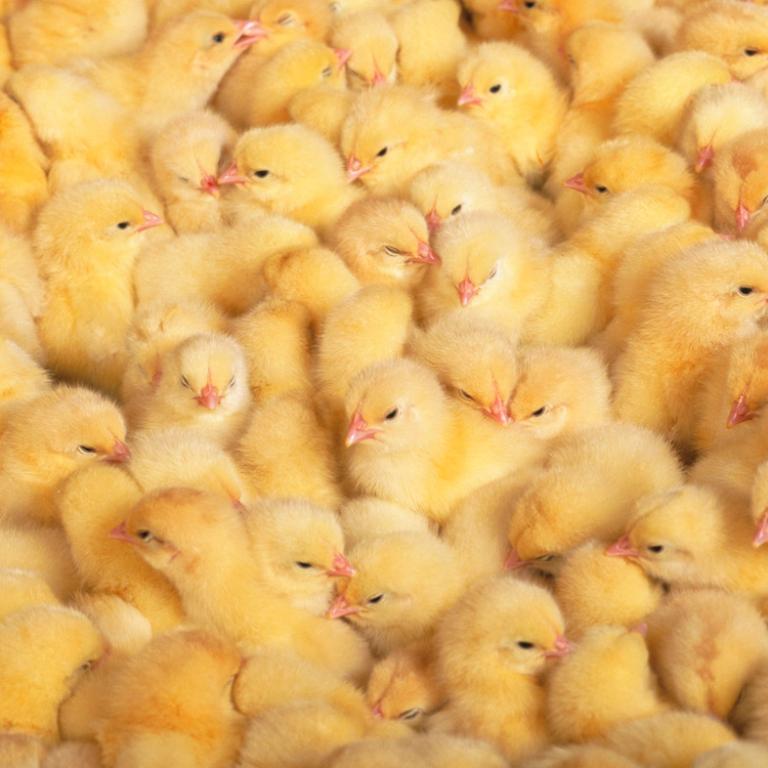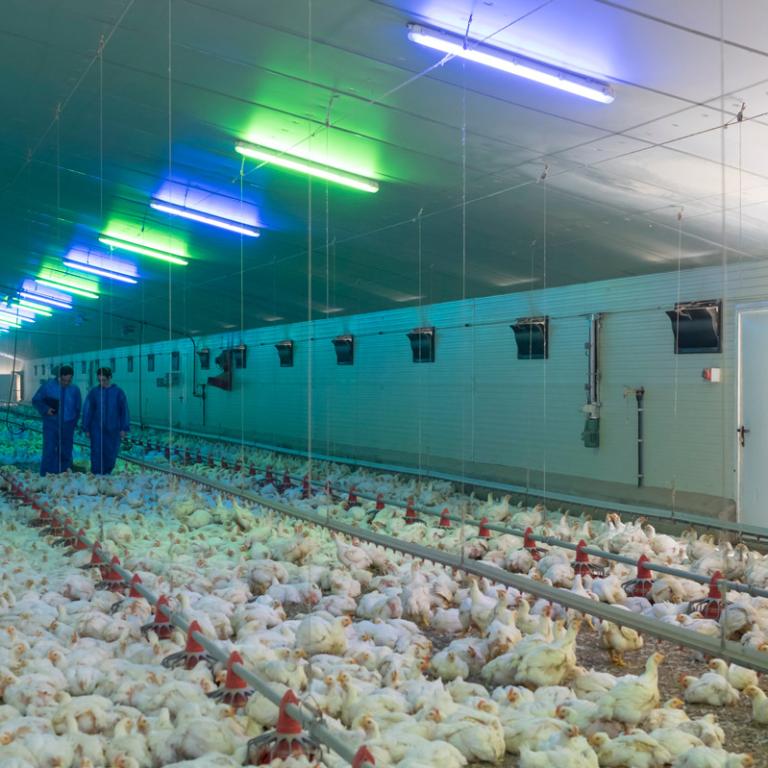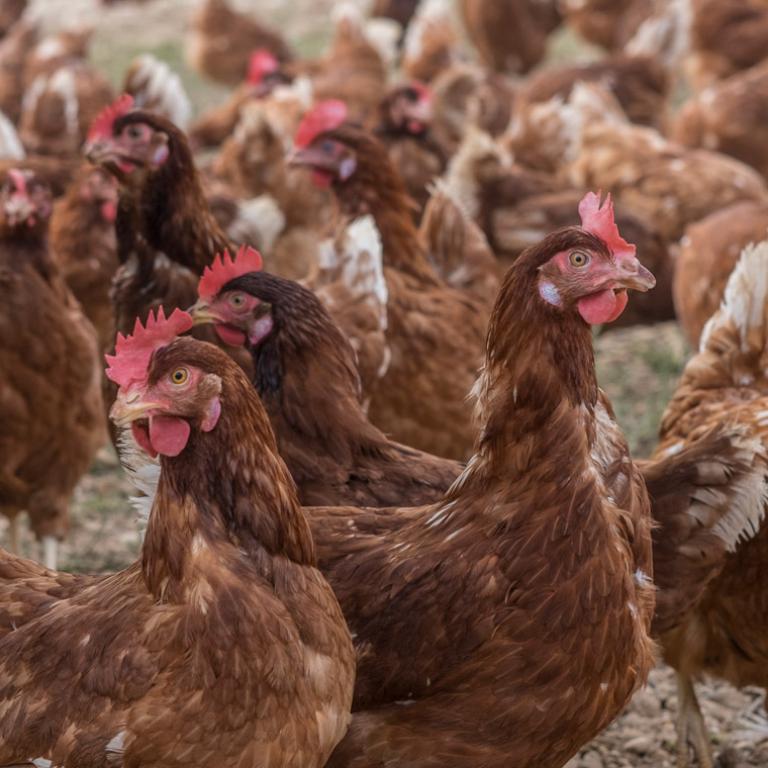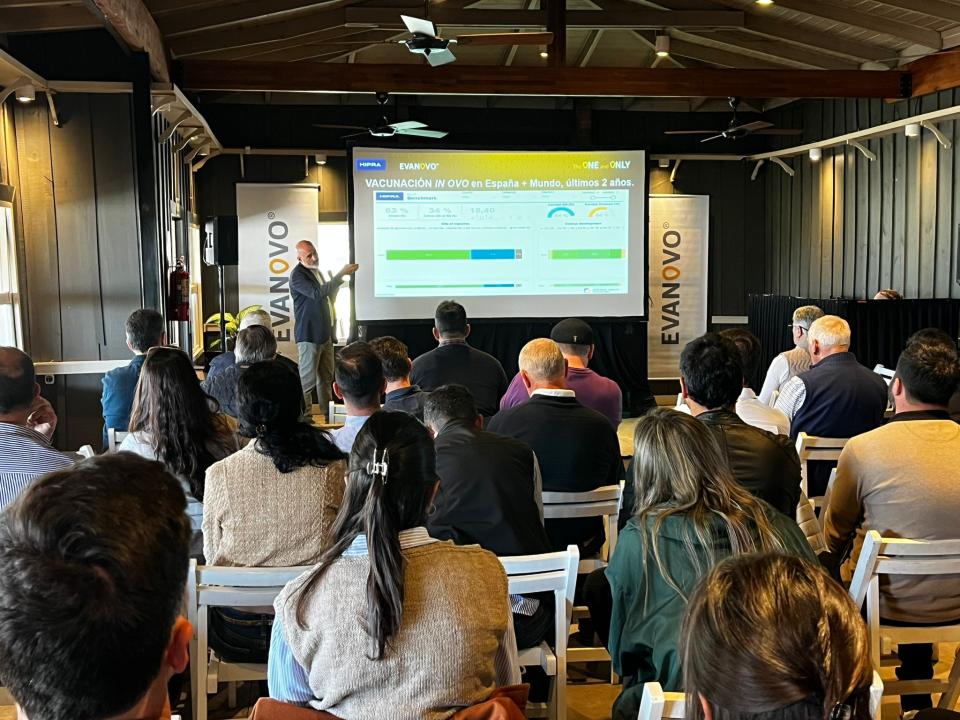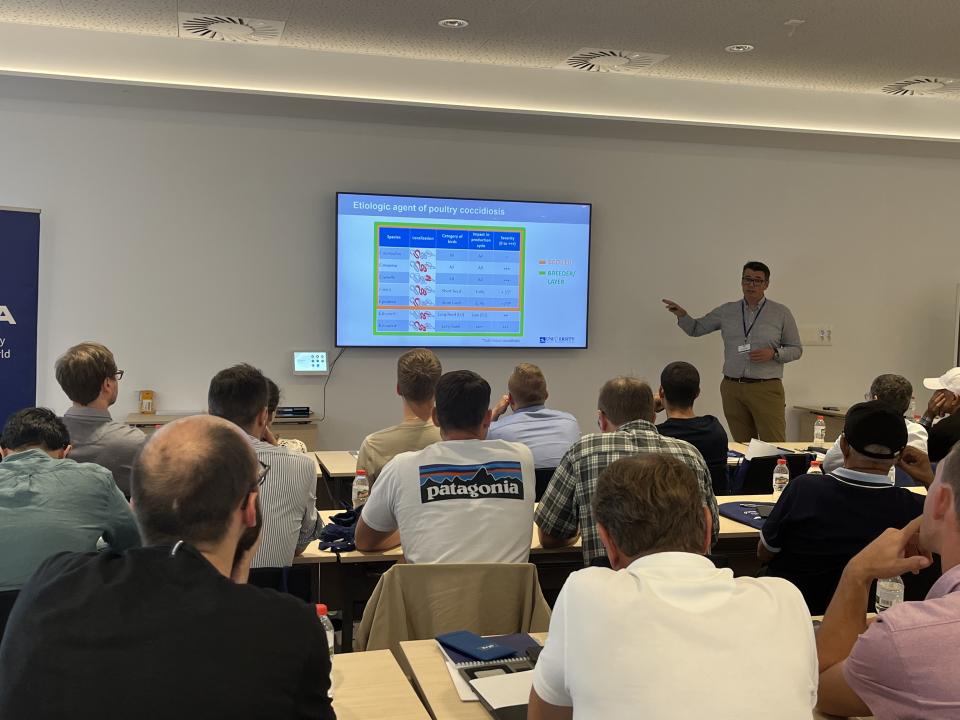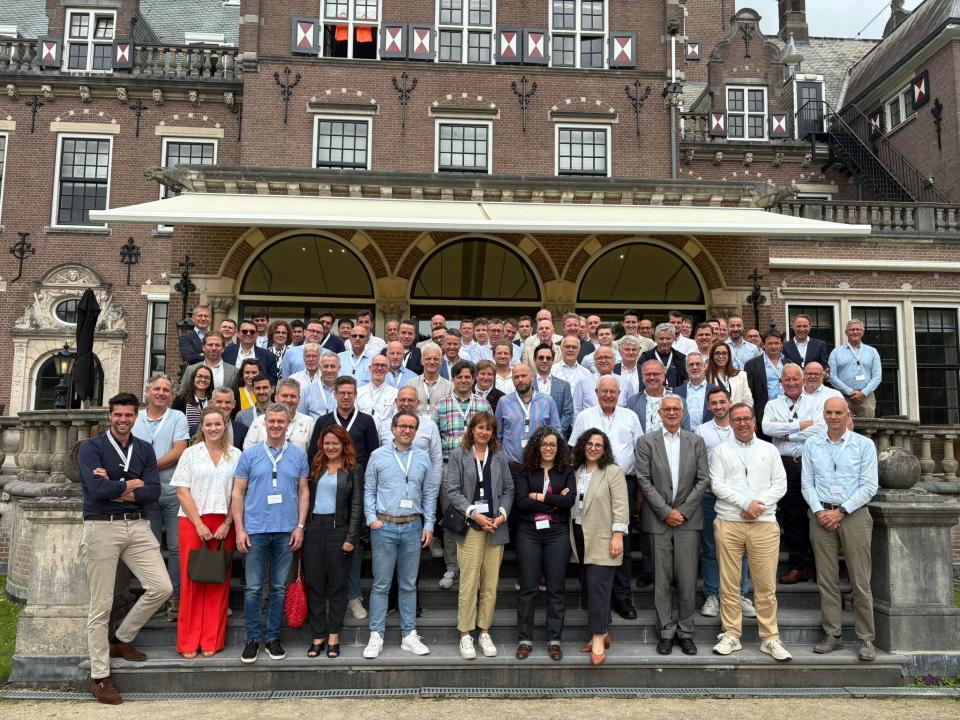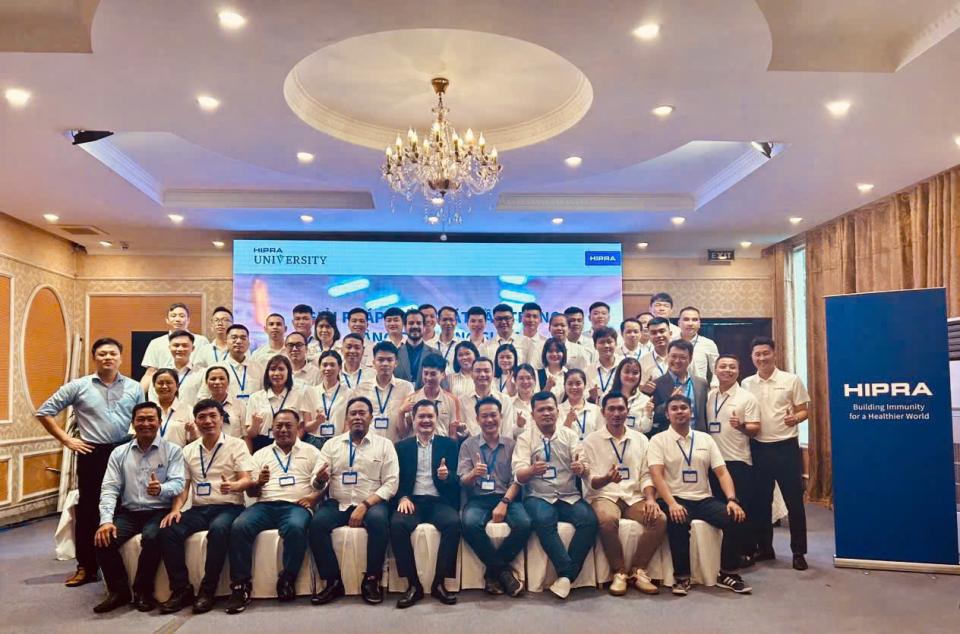CAUSAL AGENT:
Paramyxovirus type 1 (PPMV1)
TRANSMISSION:
Transmission occurs through direct contact and bodily fluids, but it is not transmissible to other species or humans.
CLINICAL SIGNS:
Clinical signs include reluctance to fly, lethargy, ruffled feathers, increased thirst, loss of appetite, vomiting, diarrhea, breathlessness, and neurological signs such as trembling wings and head, falls on landing, paralysis of wings and legs, twisting of the neck, and death.
TREATMENT, PREVENTION AND CONTROL:
Management:
Remove bird parasites
Address malnutrition with the use of electrolytes, probiotics, prebiotics, and vitamin and mineral complexes.
BIOSAFETY:
Quarantine with self-isolation and no stress
Disinfect equipment used to lodge, transport or feed or water birds outside of their flock or birds that have travelled to shows.
PREVENTION:
Annual vaccination
DIAGNOSIS:
Detection of antibodies in birds


